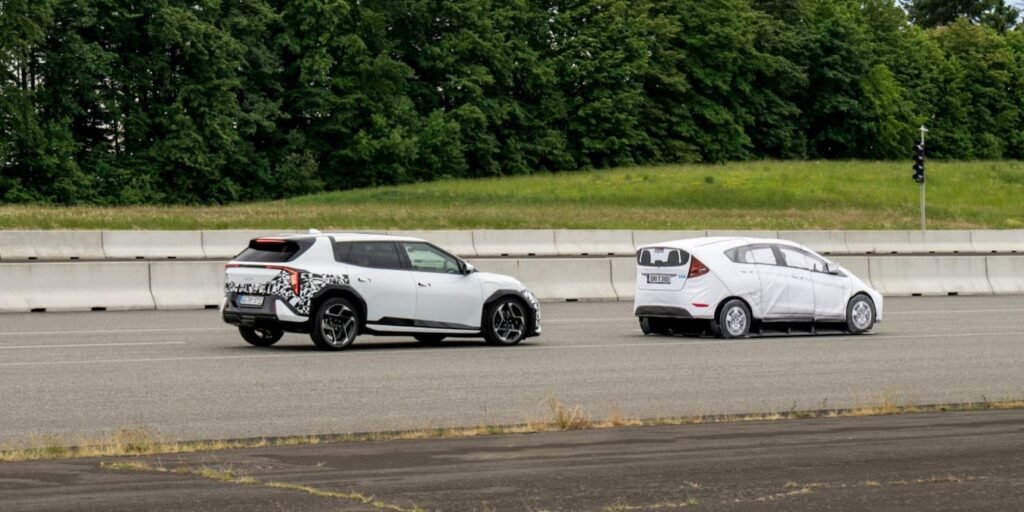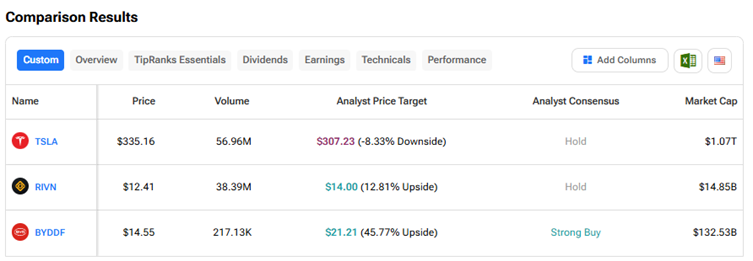Future Trends in India’s Electric Vehicle Market
India’s electric vehicle market is on the brink of a major transformation. With ambitious goals set by the government, the country is poised to become a leader in electric mobility.
The push for cleaner transportation is driven by environmental concerns and urban pollution. As a result, electric vehicles are gaining traction among consumers and businesses alike.
Government incentives and policies are playing a crucial role in this shift. They are making electric vehicles more accessible and affordable for the masses.
Technological advancements are also contributing to the market’s growth. Innovations in battery technology and energy efficiency are making electric vehicles more appealing.
The future of India’s electric vehicle market looks promising. It offers significant opportunities for growth, innovation, and sustainability.
Overview of the India Electric Vehicle Market
India is currently the fifth-largest car market globally. This presents a significant opportunity for electric vehicles to capture a large share. According to the MarkNtel Advisors most recent market study report, the India Electric Vehicle Market size was valued at around USD 5.22 billion in 2024 and is projected to reach USD 23.52 billion by 2030. Along with this, the market is estimated to grow at a CAGR of around 28.52% during the forecast period, i.e., 2025-30.
The Faster Adoption and ManThe Faster Adoption and Manufacturing of Hybrid and Electric Vehicles (FAME India Scheme) is an important policy initiative.ufacturing of Hybrid and Electric Vehicles (FAME India Scheme) is one of the pivotal policy initiatives here. It provides both financial and policy support, which is critical for growth.
Major cities are focusing on building robust EV infrastructure. This includes various incentives and initiatives to boost electric vehicle adoption. Key elements shaping the market include:
- Government subsidies and incentives
- Investments from local and international automakers
- Growing consumer awareness and acceptance

Key Drivers of Growth in India’s EV Sector
Several factors contribute to the burgeoning growth of India’s EV sector. Environmental concerns play a significant role as urban air quality deteriorates. This shift towards cleaner options heightens demand for electric vehicles.
Battery technology advancements also drive growth. Falling costs of lithium-ion batteries make electric cars more affordable. This makes them a viable choice for consumers across different income levels.
Government policies and frameworks further facilitate this growth. The introduction of electric buses and public transport options adds to market dynamism. Key growth drivers include:
- Declining battery costs
- Environmental challenges
- Government frameworks and policies
Government Policies and Incentives Shaping the Market
Government policies heavily influence the electric vehicle landscape in India. A wide array of incentives encourages both manufacturers and consumers. Key programs aim to boost EV adoption through financial assistance.
The FAME India Scheme stands out as a crucial policy. It fosters hybrid and electric vehicle production nationwide. This initiative provides subsidies and tax benefits to ease the transition to electric mobility.
Additional policies focus on building infrastructure. Investments in EV charging stations are crucial. They ensure that the growing number of electric vehicles has adequate support. Some notable government measures include:
- The FAME India Scheme
- Subsidies and tax benefits
- EV infrastructure investments
Technological Advancements and Innovations
Technological advancements are driving India’s electric vehicle market forward. Continuous improvements in battery technology boost efficiency and reduce costs. Lower prices make electric vehicles more accessible for the average buyer.
Innovations extend beyond batteries, impacting multiple facets of EVs. Enhanced features like smart connectivity and increased range are becoming standard. Automakers focus on making electric vehicles not only sustainable but also attractive to consumers. Key areas of innovation include:
- Enhanced battery technology
- Smart connectivity features
- Increased vehicle range

Infrastructure Development: Charging and Beyond
The development of charging infrastructure is vital for electric vehicles. Major Indian cities are prioritizing this to support growing demand. Widespread charging stations reduce range anxiety and encourage EV adoption.
Public-private partnerships play a pivotal role in infrastructure expansion. Beyond charging points, the integration of renewable energy sources is on the rise. This approach supports sustainable transportation and enhances energy security. Key aspects of infrastructure development include:
- Expansion of charging stations
- Integration of renewable energy sources
- Public-private partnership initiatives

Challenges Facing the India Electric Vehicle Market
The India Electric Vehicle Market faces several hurdles. High initial costs remain a major barrier for consumers. Developing charging infrastructure outside major cities poses challenges, limiting EV reach.
Consumer awareness and education need improvement. Many potential buyers are unaware of long-term savings. Additionally, the EV supply chain requires substantial development for consistent growth.
Government policies must evolve to support the market effectively. Investments in infrastructure and technology are vital. Key challenges in the sector include:
- High initial vehicle costs
- Limited charging infrastructure in rural areas
- Insufficient consumer education and awareness
Addressing these obstacles is crucial to unlocking India’s EV potential.
Emerging Trends: Two-Wheelers, Three-Wheelers, and Commercial EVs
The India Electric Vehicle Market is witnessing a surge in two-wheelers and three-wheelers. These vehicles are popular for short distances. They offer an economical and sustainable alternative for many urban commuters.
Commercial electric vehicles are also gaining attention. Businesses see them as cost-effective and environmentally friendly solutions. The rise in demand across different vehicle types indicates a shifting market landscape.
Key trends in this area include:
- Growth in electric two-wheeler sales
- Increased investment in electric three-wheelers
- Adoption of commercial electric vehicles

This segment of the EV market shows immense promise and potential for growth.
The Role of Startups and International Players
Startups are becoming pivotal in India’s electric vehicle ecosystem. They are driving innovation through advanced tech and novel solutions. These firms are crucial in making electric vehicles more accessible.
International players such as Tesla and Hyundai are also entering the market. Their entry boosts competition and innovation.
Key contributions include:
• Advanced battery technologies
• Enhanced charging infrastructure
• Innovative mobility solutions
Together, startups and international entities catalyze the market’s evolution. Their involvement enriches the India Electric Vehicle Market, paving the way for further advancements.
Future Outlook: Opportunities and Projections
The future of the India Electric Vehicle Market is promising. Rapid urbanization and environmental concerns are driving demand. Electric cars in India are expected to witness robust growth.
Several factors contribute to this projection:
• Decreasing battery costs
• Expanding charging network
• Strong government support
These elements present vast opportunities for innovation and expansion. A focused strategy can enhance market penetration. This growth will likely strengthen India’s position globally and enhance sustainable transportation solutions. As policies and tech advance, the electric vehicle landscape will transform, offering great potential.
Conclusion: The Road Ahead for India’s Electric Vehicle Market
The India Electric Vehicle Market stands at a pivotal moment. Government policies and consumer awareness are fostering growth.
As technology evolves, new opportunities arise. The focus on infrastructure and innovation will shape a sustainable future. The path ahead is exciting for electric vehicle enthusiasts and stakeholders alike.
Auther: MarkNtel Advisors








